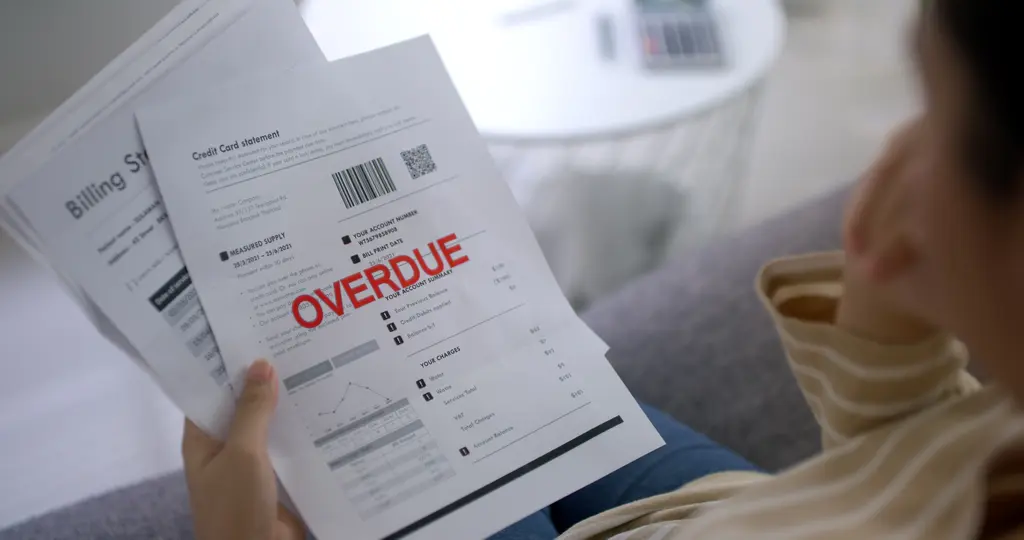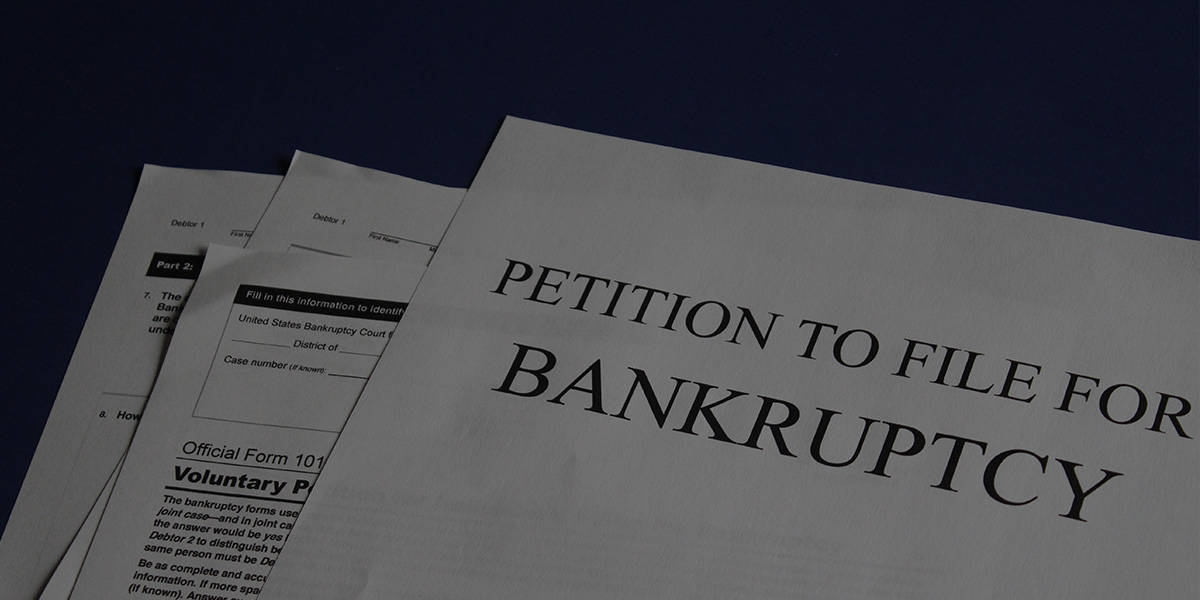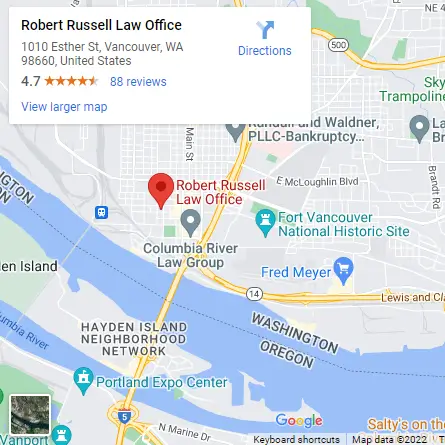Consumer credit reports and the information contained therein can have a significant impact on a person’s life from borrowing, to insurance, to housing, to employment. Therefore, the content of a consumer’s credit report can really matter.
What information can be listed and for how long that information can be listed in a consumer credit report is governed by the federal Fair Credit Reporting Act (FCRA). The FCRA is codified at 15 U.S.C. § 1681 et seq. The FCRA was first enacted into law in 1970. The FCRA governs the collection, dissemination and general use of consumer credit information (and other information contained in a credit report). The three primary consumer credit reporting companies governed by the FCRA are TransUnion, Experian and Equifax. The terms of the FCRA can be enforced both by private parties and the US Federal Trade Commission (FTC).
The FCRA provides that a bankruptcy can be listed on a consumer’s credit report for ten years from the date of filing. The FCRA specifically states that no consumer reporting agency may make any consumer report containing “Cases under title 11 [United States Code] or under the Bankruptcy Act that, from the date of entry of the order for relief or the date of adjudication, as the case may be, antedate the report by more than 10 years.” [11 USC § 1681c]
Therefore, Chapter 7 and Chapter 13 bankruptcies can be listed on a credit report for 10 years from the date of filing. However, the three primary consumer credit reporting companies will remove a Chapter 13 bankruptcy from your credit report after 7 years. The law allows them to leave it on the credit report for up to 10 years. But they chose to remove a Chapter 13 bankruptcy after seven years as an incentive to consumers to file a Chapter 13 (instead Chapter 7) and attempt to repay their creditors as best they can.
A person with financial problems might consider avoiding bankruptcy because of the potential impact on their credit report. However, in Washington State a judgment is good for 10 years and can reported for 10 years. A judgment can also be renewed for another 10 years. So, a judgment for a bad debt could be listed for up to TWENTY years — and the consumer might still owe the debt! A judgment unpaid also allows the creditor to garnish wages and bank accounts, and engage in other collection activities. The point: Sometimes not filing a bankruptcy can be far worse than filing a bankruptcy, both for your credit report and the impact on a consumer’s daily life.
If you need legal assistance in determining the best course of action to deal with creditors, we offer a free initial consultation on your options. If we can help, just let us know.






